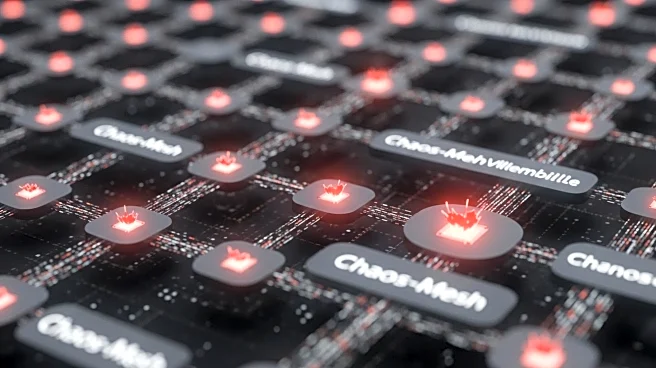What's Happening?
Researchers from ETH Zurich and Google have developed a new Rowhammer technique, named Phoenix, that targets DDR5 RAM modules. This method allows for controlled memory modification, leading to privilege escalation exploits or the leaking of sensitive data. The attack exploits the Target Row Refresh (TRR) mechanisms in DDR5 DIMMs from SK Hynix, a major DRAM chip supplier. The exploit, tracked as CVE-2025-6202, successfully triggers bit flips on all tested DDR5 devices, enabling privilege escalation to root on a Linux system within 109 seconds.
Why It's Important?
The discovery of the Phoenix technique highlights vulnerabilities in DDR5 RAM modules, which were previously considered secure against Rowhammer attacks. This poses significant risks to data security and system integrity, potentially affecting industries reliant on DDR5 technology. The ability to escalate privileges could lead to unauthorized access to sensitive information, impacting businesses and individuals. The findings underscore the need for robust Rowhammer mitigation strategies to ensure secure operation of future devices.
What's Next?
The research suggests implementing per-row activation counters as a mitigation strategy to prevent Rowhammer attacks. Stakeholders in the tech industry, including hardware manufacturers and cybersecurity experts, may need to reassess current security measures and develop new protocols to safeguard against such vulnerabilities. Further research and collaboration could lead to improved security standards for DDR5 and future memory technologies.










